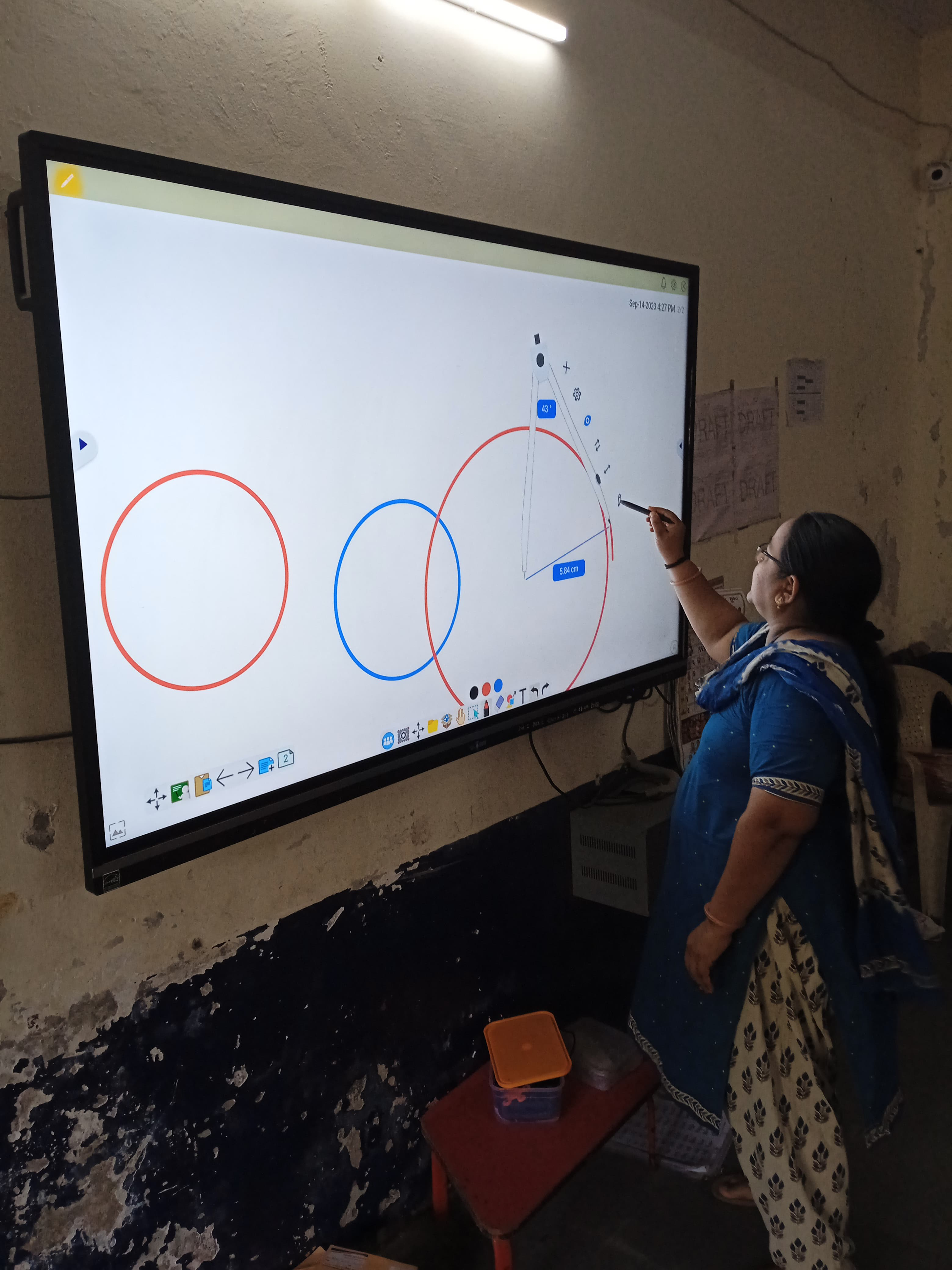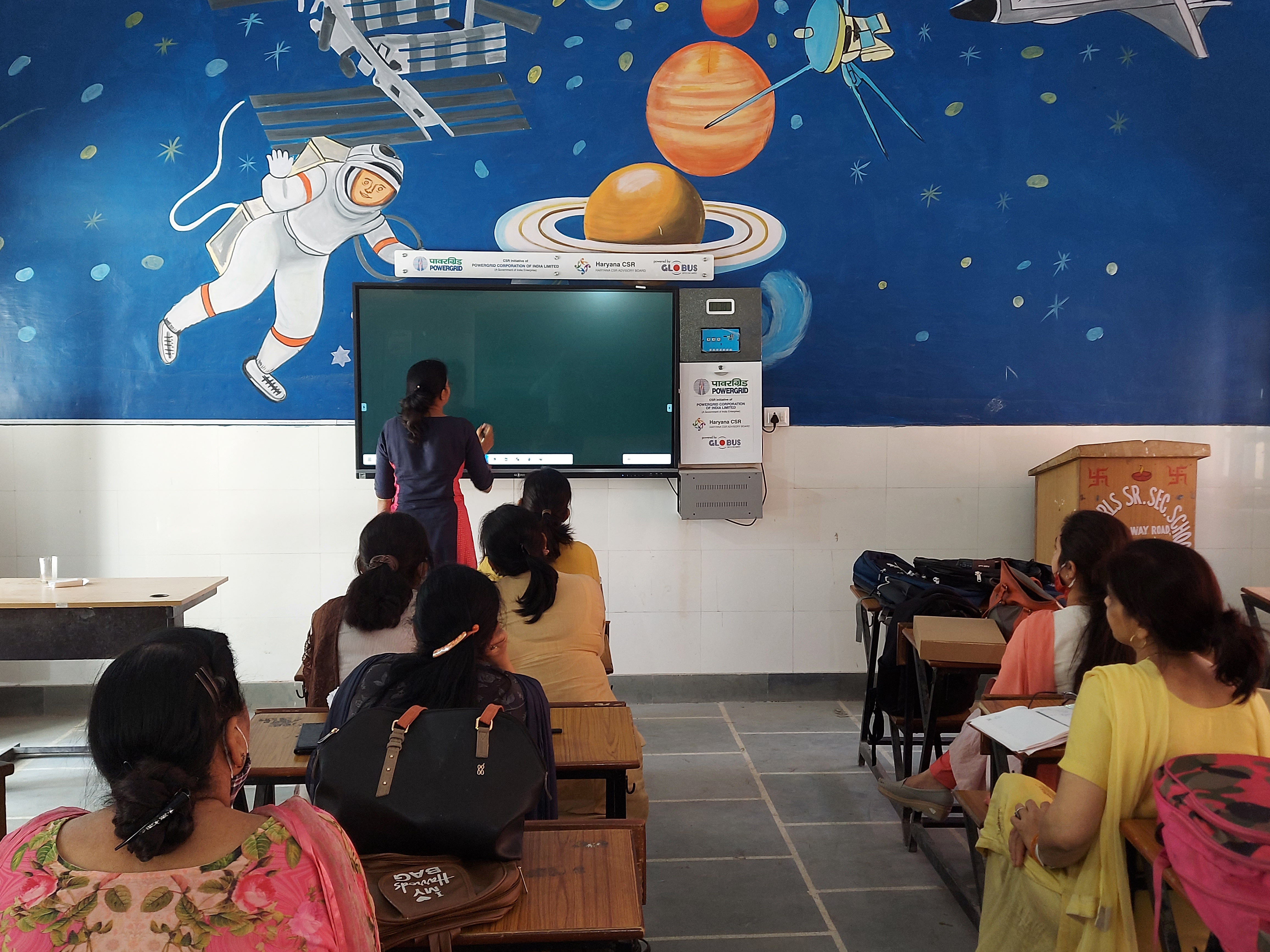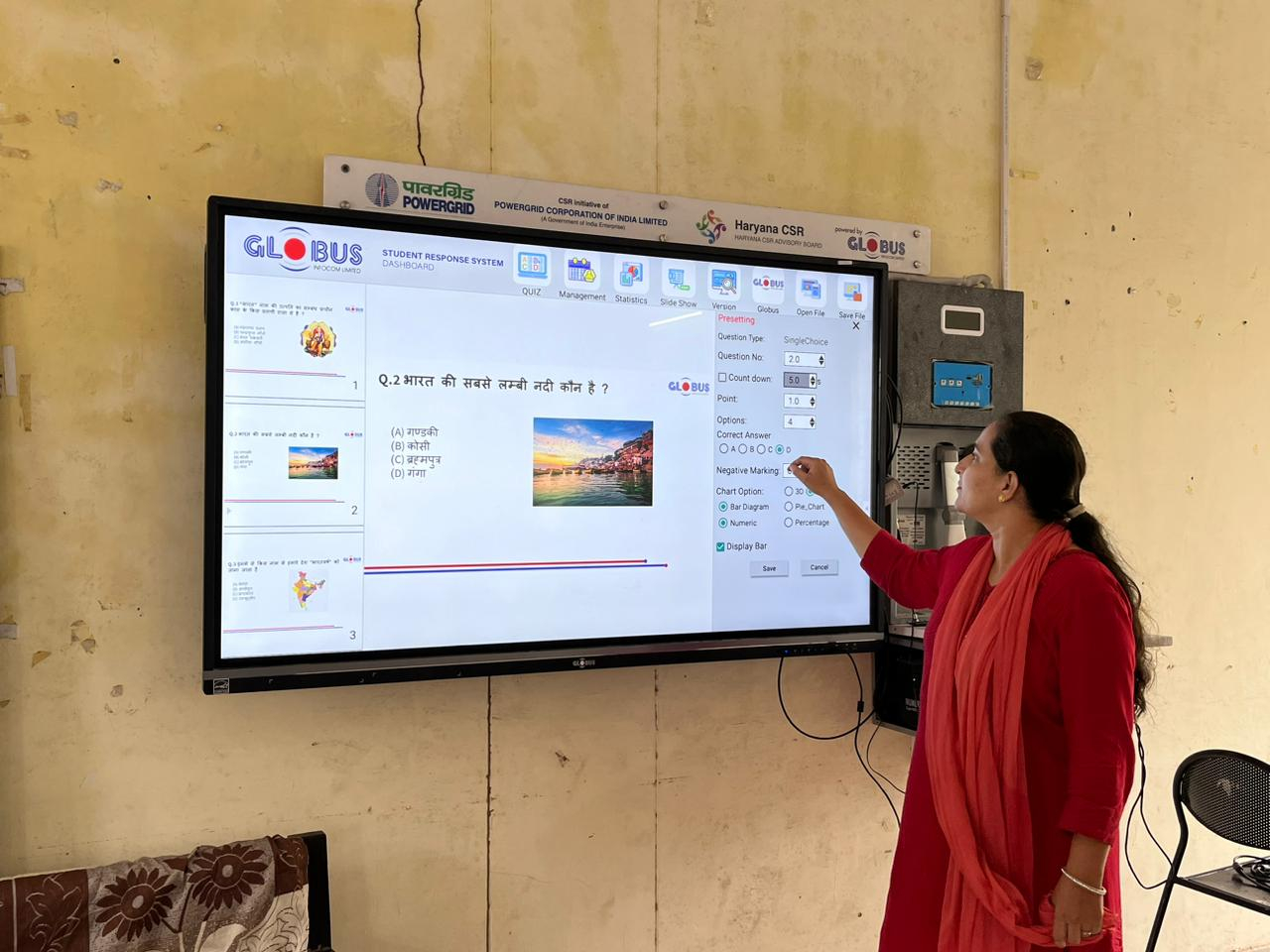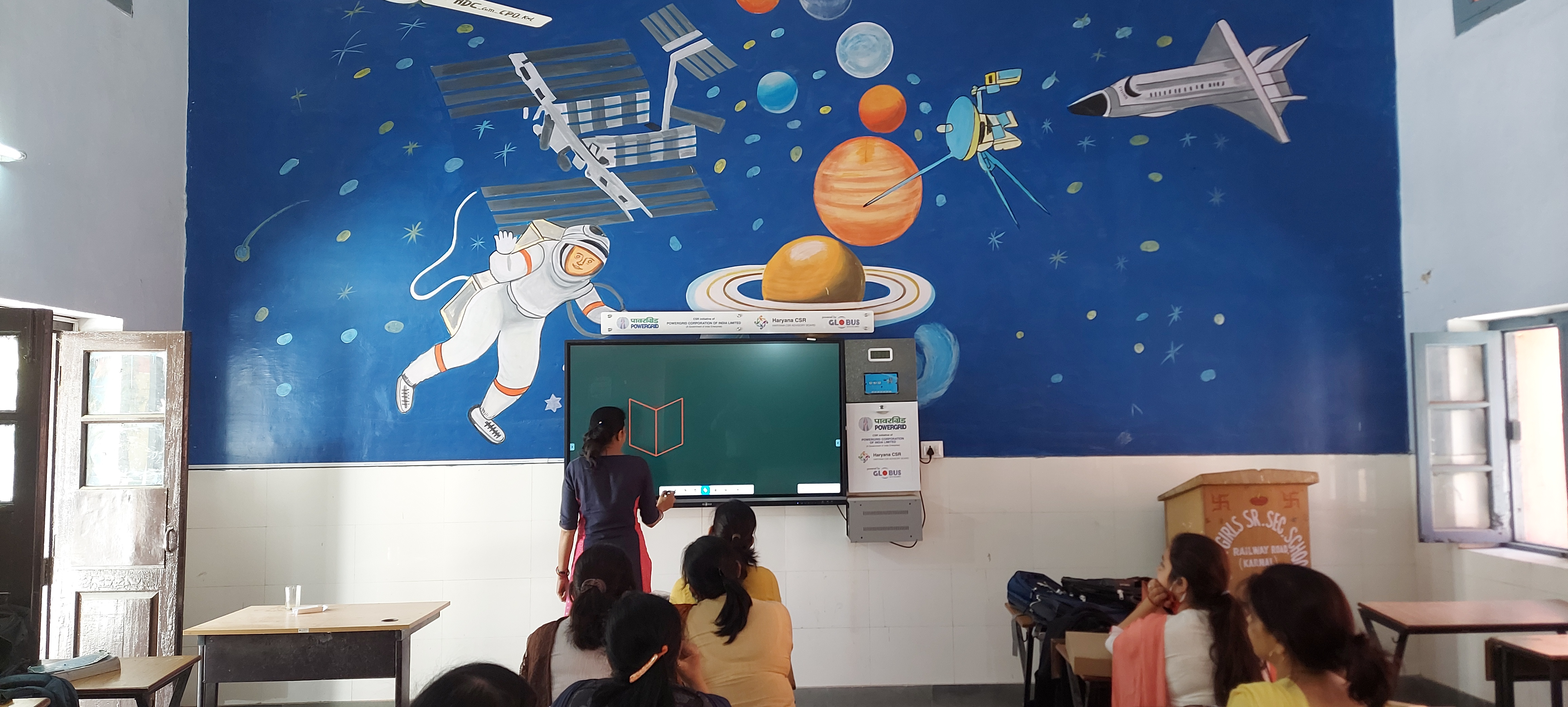- Description
-
Details
The landscape of education is rapidly evolving, driven by technological advancements that have transformed the way we teach and learn. One of the most significant innovations in this journey is the emergence of smart classrooms. These digitally enhanced learning environments are redefining education by leveraging cutting-edge technology to create engaging, interactive, and future-ready classrooms. In this article, we will explore the concept of smart classrooms and delve into the ways they are reshaping the future of education.
The Rise of Smart Classrooms
Traditional classrooms have long been the cornerstone of education, with chalkboards, textbooks, and lectures as the primary tools. However, as technology has become increasingly integrated into our daily lives, it has found its way into the educational realm. Smart classrooms represent the culmination of this integration, revolutionizing the learning process and enhancing the educational experience.
Smart classrooms leverage a diverse array of technological components to create an immersive and dynamic learning environment. These components often include interactive whiteboards, high-definition projectors, audio-visual systems, and advanced software applications. The integration of these technologies enables educators to transform their teaching methods, making learning more interactive, engaging, and effective.
Key Elements of Smart Classrooms
-
Interactive Whiteboards: Interactive whiteboards serve as the central hub of smart classrooms. These large touchscreen displays allow teachers and students to interact with digital content using touch or stylus input. They enable dynamic presentations, collaborative problem-solving, and interactive learning experiences.
-
Multimedia Projectors: High-definition projectors are paired with interactive whiteboards to project vibrant, clear visuals. This technology ensures that students have a clear view of content, making lessons more engaging and accessible.
-
Digital Content: Smart classrooms are equipped with a wealth of digital content, including educational software, e-books, videos, and simulations. This content covers a wide range of subjects and topics, catering to diverse learning styles.
-
Internet Connectivity: Smart classrooms are connected to the internet, providing students with access to a vast repository of online resources. This connectivity facilitates research, virtual field trips, and access to global knowledge.
-
Collaboration Tools: Collaborative features enable real-time interaction among students and teachers. These tools foster teamwork, discussions, and peer-to-peer learning.
-
Assessment and Analytics: Smart classrooms often include assessment tools and analytics that allow educators to monitor students' progress and tailor instruction to individual needs. This data-driven approach helps improve learning outcomes.
-
Remote Learning Support: Many smart classrooms are equipped to support remote learning, making them versatile and adaptable to various teaching models, including hybrid and online education.
The Benefits of Smart Classrooms
-
Enhanced Engagement: Interactive and multimedia-rich content captures students' attention and keeps them engaged, making learning enjoyable and effective.
-
Improved Understanding: Visual aids and interactive learning materials help students grasp complex concepts more easily, leading to improved comprehension and retention.
-
Personalized Learning: Smart classrooms allow educators to tailor instruction to individual students' needs, ensuring that no one is left behind or held back.
-
Access to Global Resources: Internet connectivity opens up a world of educational resources, enabling students to explore beyond the boundaries of traditional textbooks.
-
Real-time Assessment: Teachers can assess students' progress in real-time, offering timely feedback and intervention when necessary.
-
Future-Ready Skills: By integrating technology into the learning process, smart classrooms prepare students for the demands of the digital age, equipping them with essential skills for their future careers.
The Future of Education with Smart Classrooms
As technology continues to advance at a rapid pace, the future of education is undoubtedly intertwined with smart classrooms. These digitally enriched learning environments are poised to redefine the educational landscape in several ways:
-
Global Learning Communities: Smart classrooms facilitate collaboration among students and educators worldwide. Virtual classrooms and online forums enable students to connect with peers and experts from different cultures, fostering global awareness and understanding.
-
Individualized Learning Pathways: The data analytics capabilities of smart classrooms will play a pivotal role in tailoring education to each student's unique needs. This personalization ensures that students receive the support and challenges they require to excel.
-
Lifelong Learning: Smart classrooms are not limited to K-12 education; they extend to higher education and professional development. This makes lifelong learning more accessible and adaptable, allowing individuals to acquire new skills and knowledge throughout their lives.
-
Technological Literacy: With exposure to advanced technology from an early age, students in smart classrooms will develop a high degree of technological literacy. This prepares them for the ever-evolving job market, where digital skills are highly valued.
-
Innovation and Creativity: Smart classrooms encourage innovative teaching methods and creative approaches to learning. Students are empowered to think critically, solve problems, and explore their interests, fostering a culture of innovation.
-
Accessibility and Inclusivity: Technology also enables smart classrooms to address accessibility and inclusivity concerns, ensuring that education is accessible to all, including individuals with disabilities.
Conclusion
Smart classrooms represent a pivotal moment in the evolution of education. They offer an exciting glimpse into the future of learning, where technology plays a central role in fostering engagement, understanding, and innovation. As we embrace the potential of smart classrooms, we move closer to a world where education is not confined by physical boundaries or limited by traditional teaching methods. Instead, it becomes a dynamic, inclusive, and personalized journey that prepares students for the challenges and opportunities of the future.
Smart Classroom Images






-
- Reviews
-
Default welcome msg!

